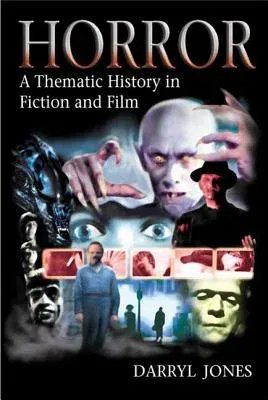What is the audience for horror? Why should we want to read books or
watch films that make us afraid, or that contain acts of violence or
depravity?
Horror has had an established tradition in both fiction and film. From
books such as Frankenstein and The Legend of Sleepy Hollow to films
such as Se7en and The Blair Witch Project, the genre holds an
irresistible appeal for modern audiences. But what is it? Is horror an
anti-establishment force and an argument for social revolution? Is it a
liberating expose of human nature and a peek at the dark side of the
unconscious? Or is it pure evil, designed to corrupt and deprave?
Starting from such questions about the nature of horror, this book
offers an accessible history of the genre. It approaches its subject
thematically, with chapers on horror, religion and identity; 'mad
science'; vampires and the undead; on madness and psycho-killers; on
forbidden knowledge and books; on narratives of invasion and pestilence;
on Satanism and demonic possession; on ghosts and the ghost story; and
on body-horror and metamorphoses. Making reference to key Gothic texts
of the Romantic period, as well as more recent popular novels and films,
the book is a highly readable introduction for both students of
literature and film, as well as horror fans.

